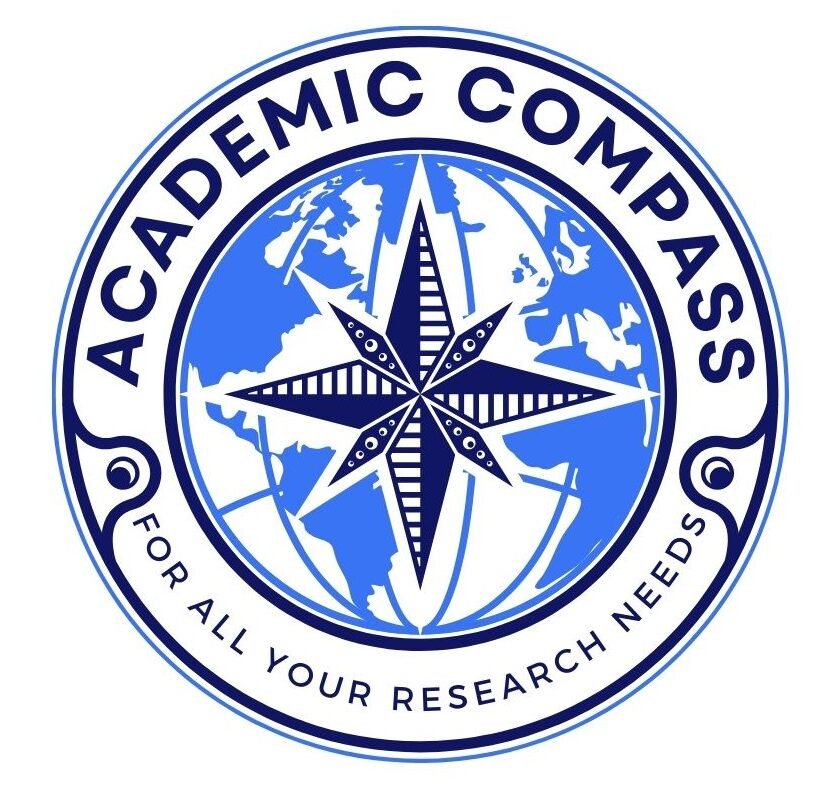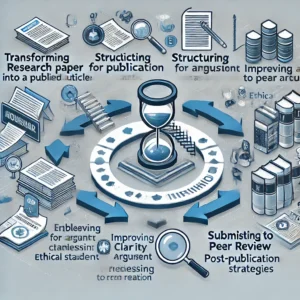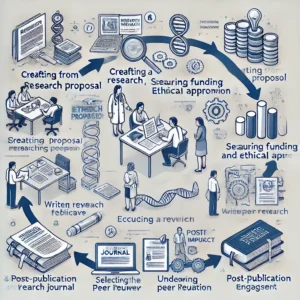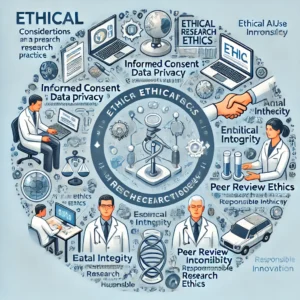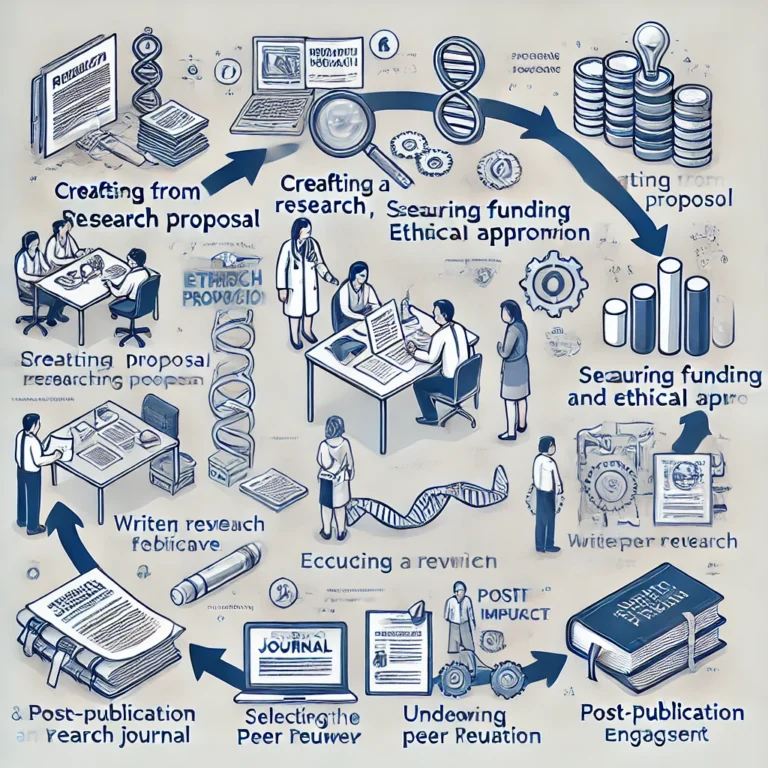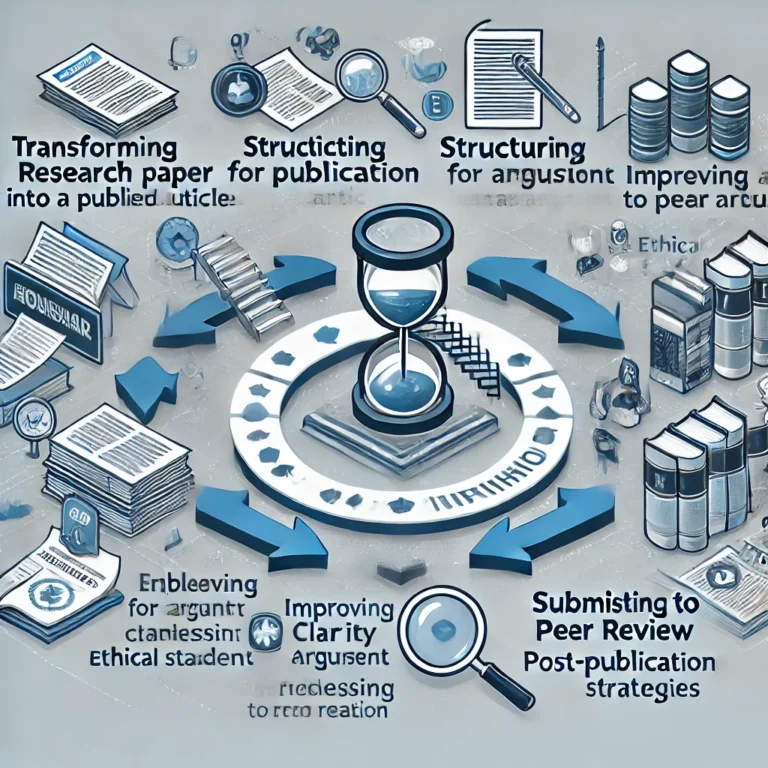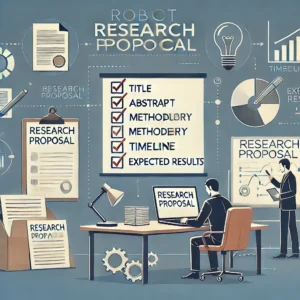A literature review is a critical component of academic research that provides a foundation for understanding existing knowledge, identifying gaps, and framing research questions. By systematically analyzing previous studies, researchers can build upon established work and avoid redundant research. This guide explores the significance of literature reviews and best practices for conducting them effectively.
1. Understanding the Purpose of a Literature Review
A literature review serves multiple functions in academic research, including:
- Contextualizing the Study: Establishing a background for the research topic.
- Identifying Gaps: Highlighting areas where further research is needed.
- Supporting Theoretical Frameworks: Providing a basis for research hypotheses and methodologies.
- Avoiding Redundancy: Ensuring that the study adds new value rather than repeating previous work.
- Enhancing Credibility: Demonstrating familiarity with existing knowledge in the field.
2. Types of Literature Reviews
There are several types of literature reviews, each serving different research objectives:
- Narrative Review: Summarizes and synthesizes previous research without a strict methodological approach.
- Systematic Review: Follows a structured and replicable process to assess relevant studies comprehensively.
- Meta-Analysis: Uses statistical methods to combine results from multiple studies to derive conclusions.
- Scoping Review: Explores the breadth of research on a topic without evaluating study quality.
- Theoretical Review: Examines theories and conceptual frameworks within a specific research domain.
3. Conducting a Comprehensive Literature Review
To perform an effective literature review, follow these key steps:
- Define the Scope: Establish clear research questions and objectives.
- Search for Relevant Sources: Use academic databases such as Google Scholar, PubMed, Scopus, and JSTOR.
- Evaluate and Select Literature: Assess the credibility, relevance, and quality of sources.
- Organize the Information: Categorize studies based on themes, methodologies, or findings.
- Analyze and Synthesize Findings: Compare and contrast key insights from different sources.
4. Structuring a Literature Review
A well-organized literature review typically follows this structure:
- Introduction: Explains the purpose and scope of the review.
- Thematic or Chronological Organization: Discusses key studies based on common themes or historical development.
- Critical Analysis: Evaluates the strengths, limitations, and contributions of previous research.
- Conclusion: Summarizes key insights and highlights research gaps.
5. Best Practices for Writing a Literature Review
To ensure clarity and effectiveness, consider these best practices:
- Use a Clear and Logical Structure: Maintain a coherent flow of ideas.
- Engage with Multiple Perspectives: Include diverse viewpoints and conflicting studies.
- Critically Evaluate Sources: Highlight strengths and weaknesses rather than just summarizing.
- Maintain Proper Citations: Follow standardized referencing styles such as APA, MLA, or Chicago.
- Avoid Plagiarism: Paraphrase and cite appropriately to maintain academic integrity.
6. Common Challenges and How to Overcome Them
Researchers often face difficulties in conducting literature reviews, such as:
- Information Overload: Narrow your focus by selecting the most relevant sources.
- Identifying Quality Research: Use peer-reviewed and reputable academic sources.
- Structuring the Review: Develop an outline before writing to organize ideas effectively.
- Time Management: Allocate sufficient time for searching, reading, and synthesizing information.
Final Thoughts
A well-executed literature review strengthens the foundation of any academic research project. By critically engaging with existing studies, researchers can refine their research questions, justify methodologies, and contribute meaningfully to their field. Mastering the literature review process is essential for producing high-quality academic work.
